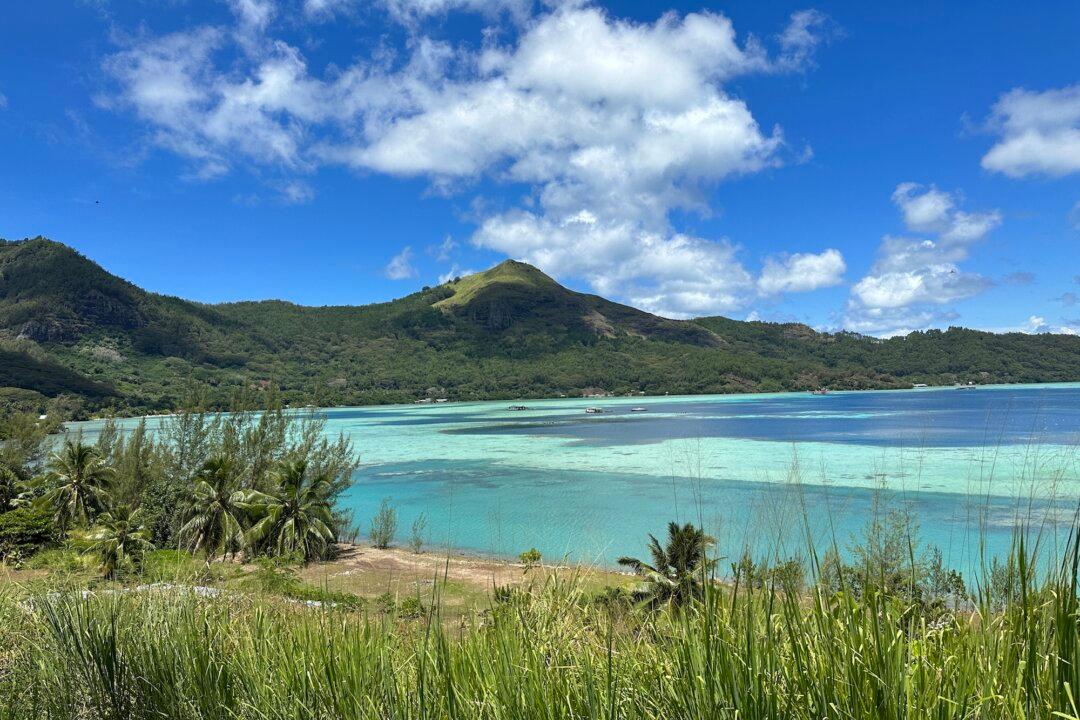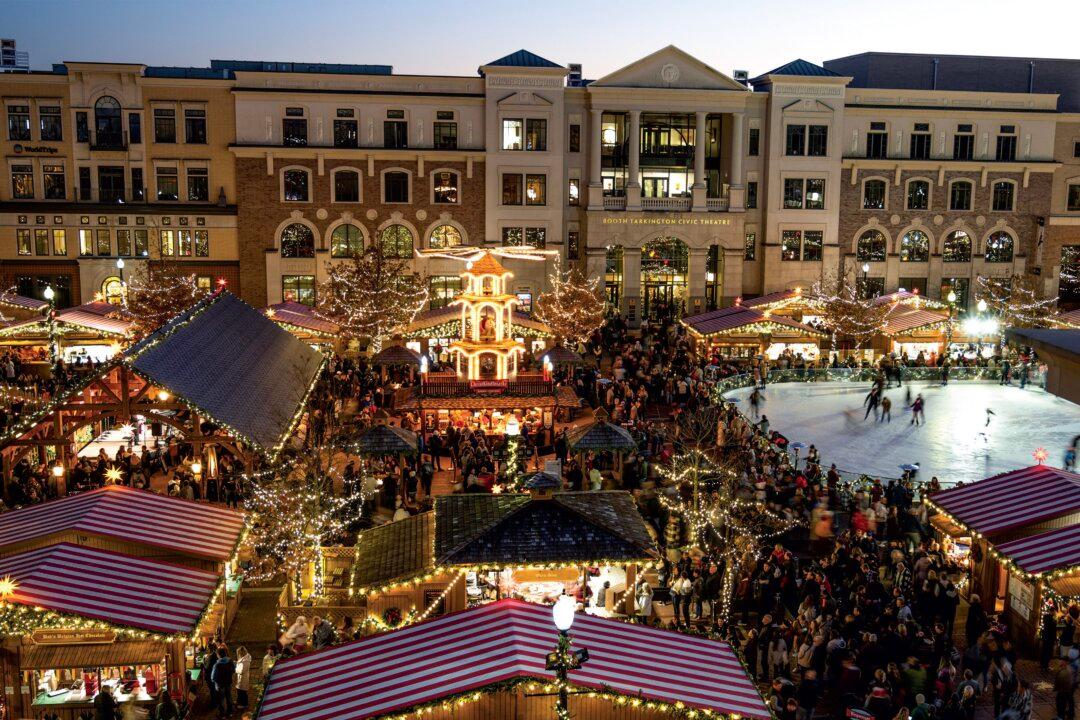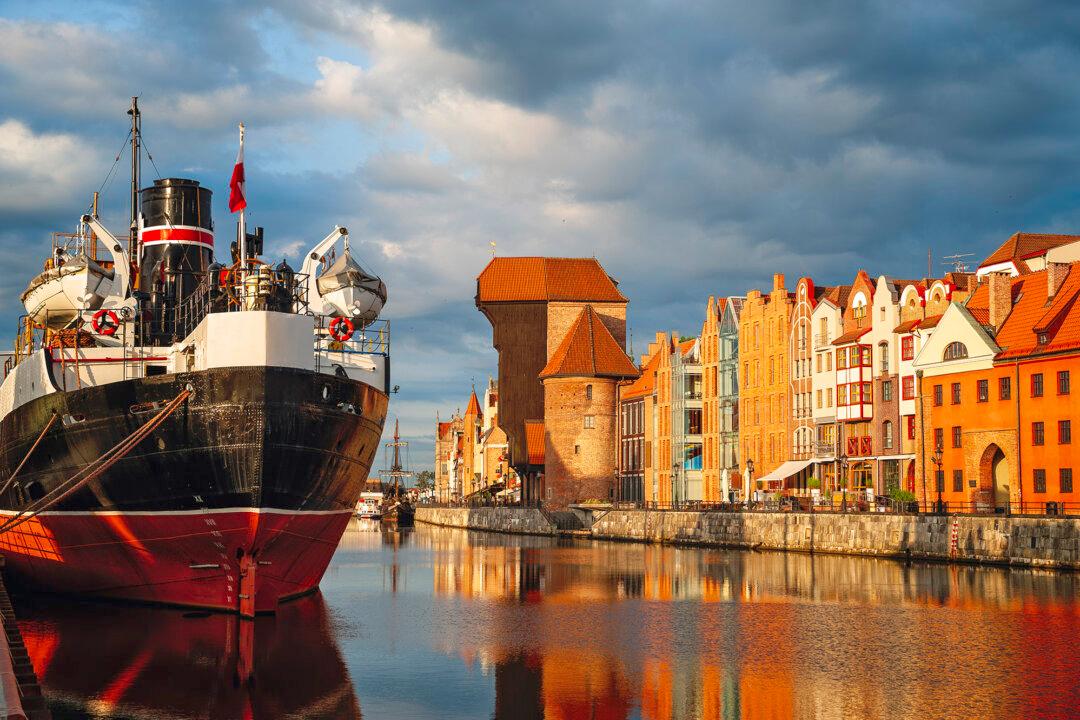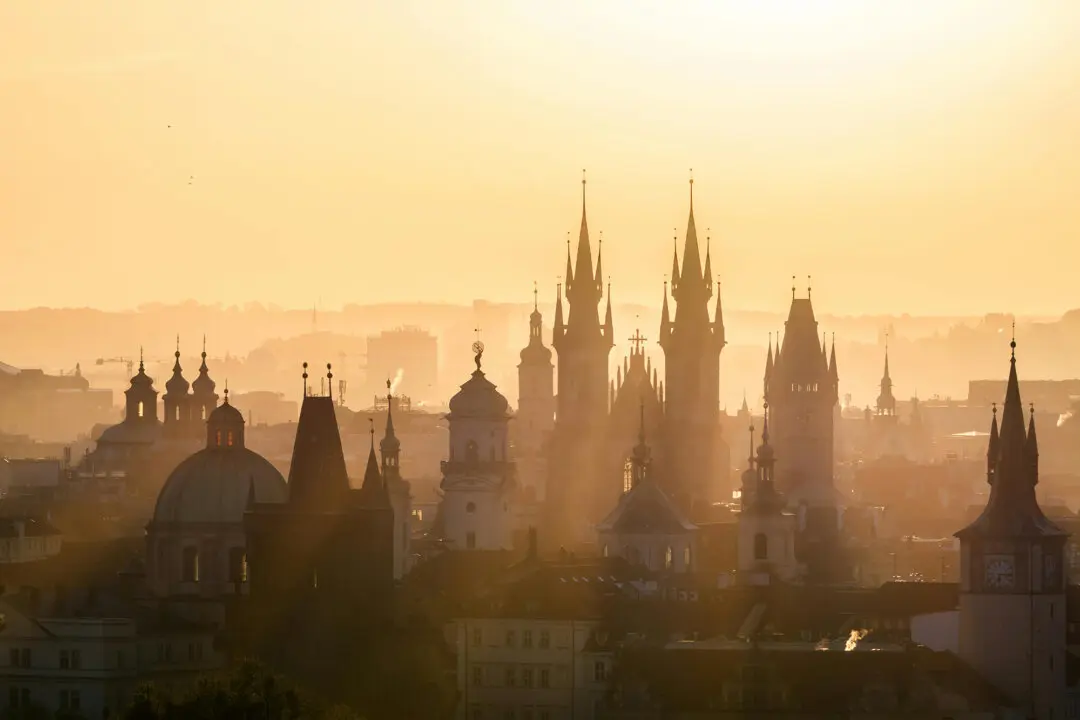I’ve always been a map guy. Even as a little kid, my constant companion was an oversized Rand McNally road atlas that I’d haul around the house, curling up on the couch in the living room and tracing with my finger the blue lines of interstates, and curling red threads of rural two-lanes.
I’d sit there and try to imagine life in all those little dots along the way.





